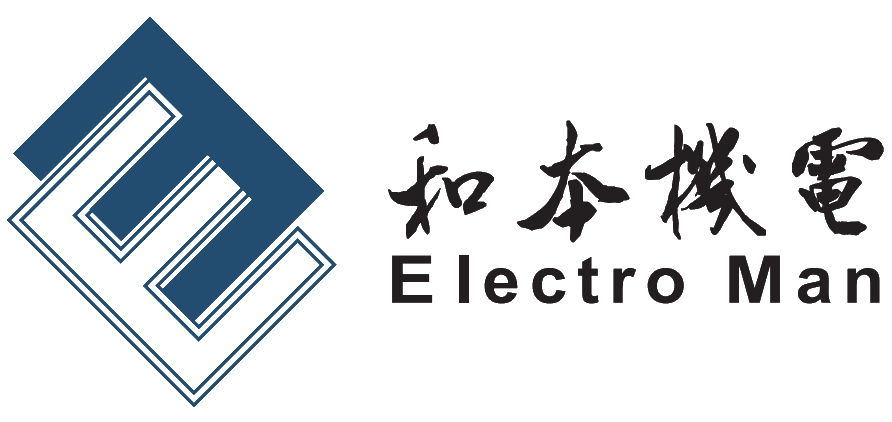Committed to precision empowerment industry safety

Low-pressure carbon dioxide system
Key words:
Low-pressure carbon dioxide system
Classification:
Case Details
Main Performance:
The QMED series low-pressure carbon dioxide fire extinguishing system features reliable action, safety, ease of operation, and convenience for installation, reset, and maintenance. The system can achieve automatic monitoring, continuously display pressure and liquid level, and has automatic alarms for high and low pressure and liquid levels, as well as automatic start and stop functions for the chiller. Additionally, it can programmatically control the opening time of the main valve and selection valve based on the size of the protected area, reliably achieving fire extinguishing purposes.
Main Parameters:
| Fire Extinguishing Agent Storage Device |
Design |
Fire Extinguishing Agent |
Dimensions |
Fire Extinguishing Agent Storage Capacity |
Total Control Valve Size |
Equipment |
| QMED3.4-WP-TH |
2.5 |
-20 ~ -18 |
4300×1830×2680 |
3 |
100 |
5.2 |
| QMED4.45-WP-TH |
5280×1830×2680 |
4 |
100 |
6.5 |
||
| QMED6.7-WP-TH |
4700×2230×3290 |
6 |
150 |
9.6 |
||
| QMED8.9-WP-TH |
5800×2230×3290 |
8 |
150 |
12.3 |
||
| QMED11.2-WP-TH |
6900×2230×3290 |
10 |
150 |
14.8 |
Application Scenarios:
1. Automotive industry; 2. Power plants; 3. Cement plants; 4. Turbines; 5. Steel mills...
Application Scenarios
Project
Navigation
Contact Us
Address: 2/F, Block F, No.21 Software Avenue, Yuhuatai District, Nanjing






